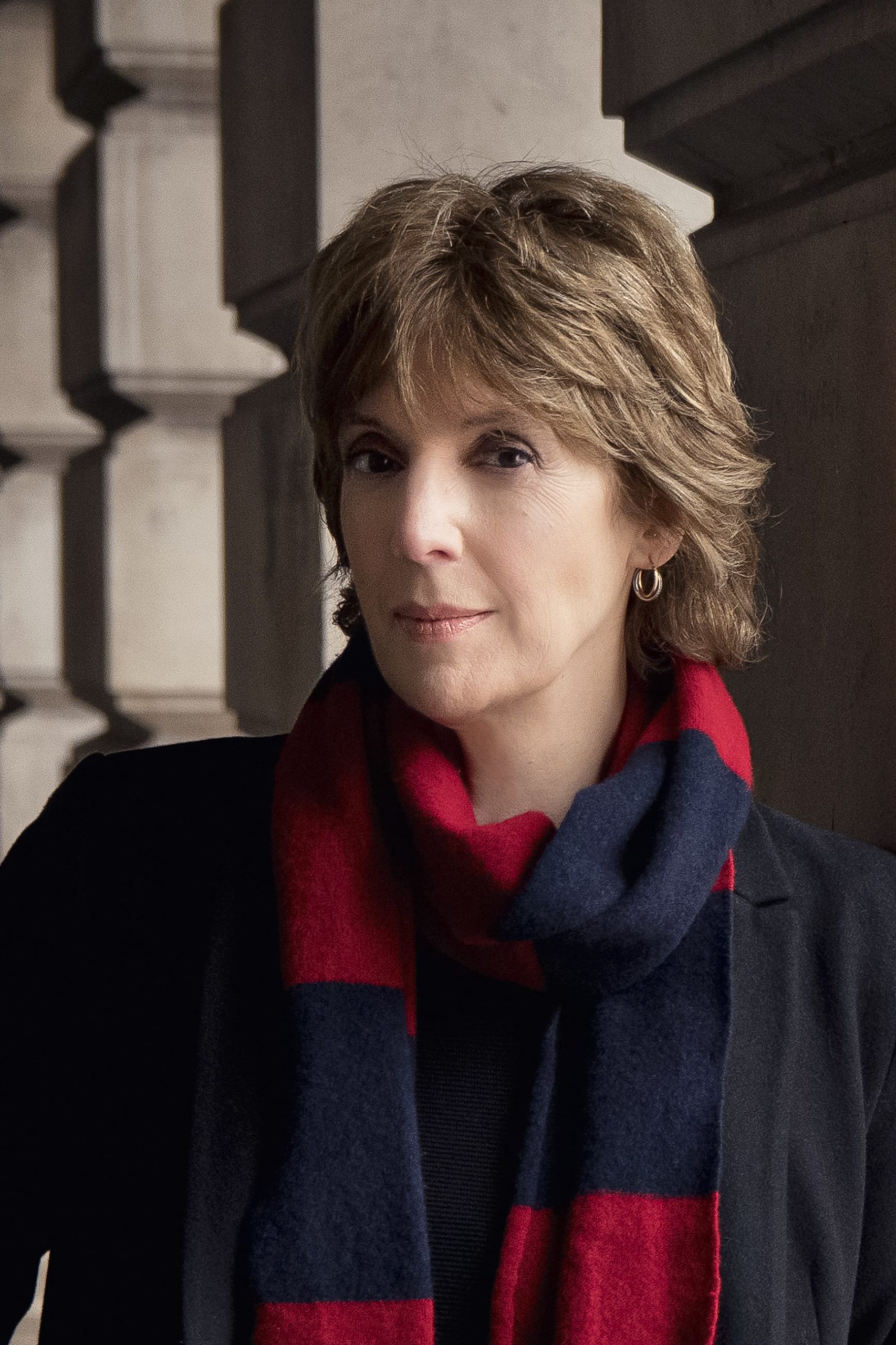 Science, medicine and healing…
Science, medicine and healing…
It is very special indeed to be a part of the ambitious Composeher project to create new choral music to be performed by the Glasgow School of Art Choir.
I love writing for choral forces, large or small, amateur or professional, accompanied or a cappella. Sometimes choral commissions come with a specified text but, in the case of this commission, we have all been given the freedom to select our own text, something I enjoy enormously.
Researching the idea, the words, the possibilities is the fun stage at the start of the creative process (before the real decision making comes into play!) So much to choose from. For this commission I wanted to explore a particular field, one which has been a rich source of inspiration in the past; that of science, medicine and healing. When I suggested this idea last year to the poet and broadcaster, Seán Street, neither he nor I could have had any idea how much our choice of subject matter would resonate with the times in which we now live.
I’ve greatly enjoyed collaborating with Seán many times before and we have worked together, increasingly, in a specific way, which I find most engrossing; Seán gives an insight into this process in his blog. When thinking about new possibilities I like to look at past events of historical significance or into the life of someone who has been remarkable in some way. I always hope that this approach might draw the listener into discovering more about the heart of the work itself.
Seán and I have recently collaborated on two works about extraordinary women who have not, perhaps, had the acknowledgement they so deserve; Nurse Edith Cavell (Standing as I do before God) and the chemist and crystallographer, Rosalind Franklin (Photo 51) whose X-Ray of the double helix led to the discovery of DNA by Crick and Watson. In both these works Seán has taken words written or spoken by these women and folded them into his own poetry, giving objective context, blending the texts into a unified whole.
Angel of the Battlefield, our work for Composeher, concerns the outstanding work of the pioneering American nurse and founder of the American Red Cross, Clara Barton. The added interest is that next year will be the bi-centenary of Clara Barton’s birth. (Curiously, Rosalind Franklin’s centenary is this year, 2020. The BBC Singers gave the first performance of Photo 51 as part of the BBC’s Seven Ages of Woman International Women’s Day broadcast on 8 March, just two weeks before lockdown.)
Clara Barton, by all accounts, was a remarkable, rather redoubtable woman who achieved so much in her lifetime and so often, it seemed, in spite of male obstructiveness. Self-taught in nursing care she worked as a hospital nurse in the American Civil War. Her humanitarian outlook on life and advocacy of civil rights was far in advance of her time. Seán has drawn from her letters, diary and poetry to give immediacy to the situation in which she immersed herself:
‘We knew we were a little band of almost empty-handed workers by ourselves in the wild woods of Virginia with three thousand suffering men crowded upon the few acres within our reach…nurses, consolers, saviours of men.’
These words resonate in a familiar way with the voices of desperation we have been hearing in these last months across the world; it is the few, with restricted supplies, in overcrowded spaces, who have served and saved the lives of so many. ‘The nurses, consolers, saviours of men.’
After the American Civil War Clara Barton realised that the War Department seemed incapable of dealing with the thousands of letters from distraught relatives asking for the whereabouts of their missing soldiers who were being buried in unmarked graves. So she wrote to President Lincoln to ‘respectfully solicit your authority and endorsement, to allow me to act (temporarily) as General Correspondent, having in view the reception & answering of letters from the friends of our prisoners…and furnish all possible information in regard to those who have died.’ She was granted permission to begin ‘the Search for the Missing Men’. Before this time there had been no protocol in place to address these important and poignant issues.
More to follow in my next blog on the work itself.
